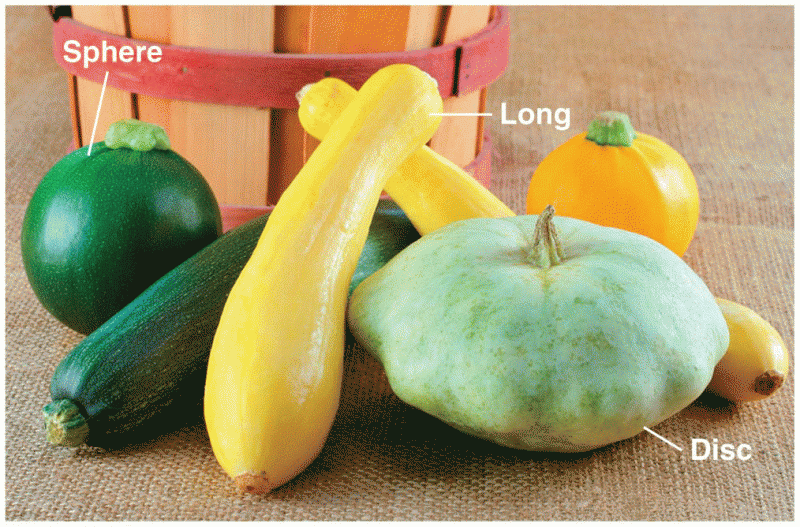Answer to Question 1
The final piece of a network design strategy is the facility ownership question - should an organization own and operate private distribution facilities or contract with third-party logistics providers for distribution services? This issue is difficult to address without first determining facility roles, numbers, and locations. After these issues have been resolved, it is easier to understand the scope of tasks to be undertaken and to evaluate the organization's options for handling distribution requirements. They essentially have three choices: (1) private facilities, (2) public facilities, and (3) contract facilities.
Private DCs are internal facilities owned by the organization producing or owning the goods. The focus of the facility is to store goods and distribute them to customers. Owning and operating facilities provide the organization with greater control over fulfillment processes and inventory. Also, economies of scale can be achieved if the volume of activity is high enough. If this is the case, the cost per unit delivered to the customer is less, and the retailer can charge a lower price or maintain a higher profit margin. Private facilities are company assets that can be depreciated and can also provide a source of income by renting or leasing excess space to those who need storage facilities.
In order to make a private distribution cost-effective, the facility needs high product throughput, requires stable demand, and should be located in or near a dense market area. Additionally, the organization must have distribution expertise, the resources to build facilities, and the desire to operate them. If these attributes are not present, the firm should look to third party logistics (3PL) service providers to handle distribution and warehousing
Public warehousing is the traditional external distribution option. A public warehouse rents out space to individuals or firms needing storage capacity. Additional service offerings vary by 3PL provider. Some provide a wide array of services including packaging, labeling, testing, inventory maintenance, delivery, data processing, and pricing to different types of customers. Others focus more on providing short-term storage solutions for specific types of goodsgeneral merchandise, refrigerated goods, household goods, and bulk storage. Public warehousing capacity is often rented on a short-term, transactional basis without significant commitments or unique service requirements.
Contract warehousing is a customized version of public warehousing in which an external company provides a combination of distribution services that the organization itself has traditionally provided. These 3PL providers dedicate space, labor, and equipment to a client's specific product needs with the goal of providing integrated, accurate distribution services. These facilities can meet the specialized handling requirements for critical products such as pharmaceuticals, electronics, and high-value manufactured goods. The customized nature of contract facilities leads to strong relationships between the 3PLs and a small group of highly important clients.
These external distribution services should be considered for several reasons. First, buying the services on an as-needed basis alleviates capital investment in private distribution facilities. Second, short-term commitments for 3PL capacity maintain maximum distribution network flexibility. Another benefit of outsourcing distribution responsibilities is that you do not have to manage the personnel issues (hiring, training, benefits, etc.) associated with owning and operating the facility. Essentially, distribution becomes a variable cost activity that is run by 3PL experts who can often leverage their investments and capacity across multiple customers.
Answer to Question 2
C







